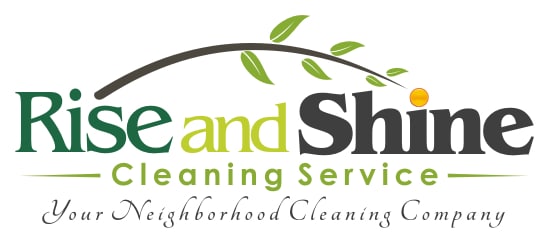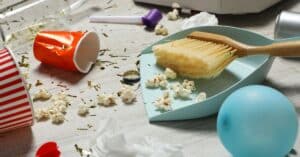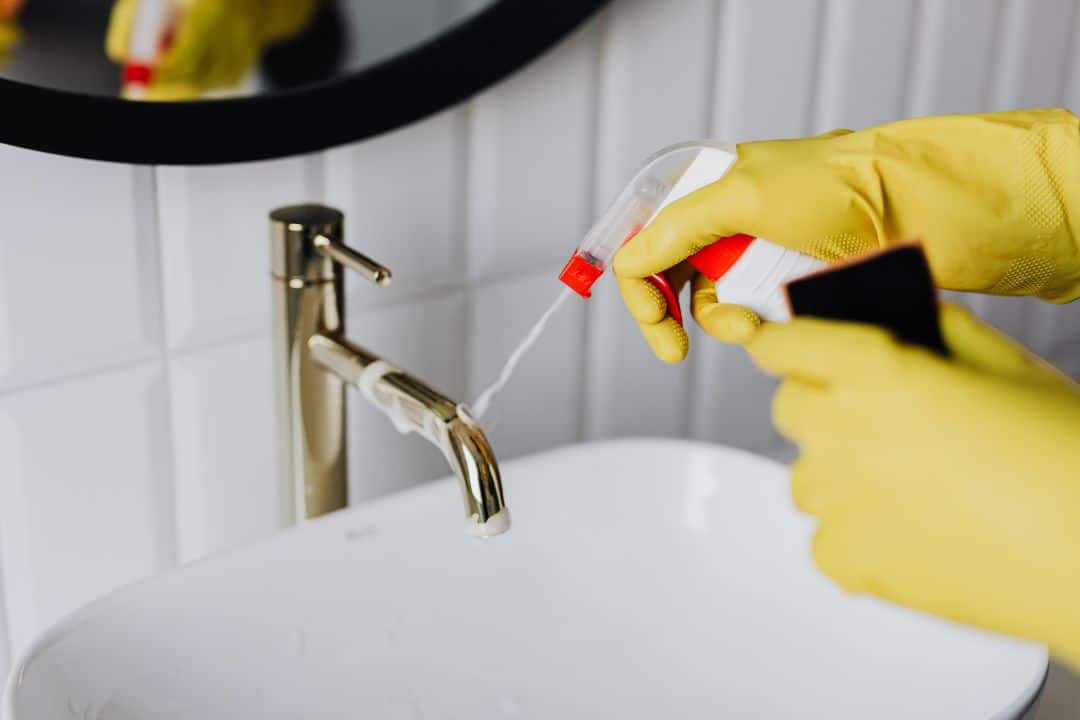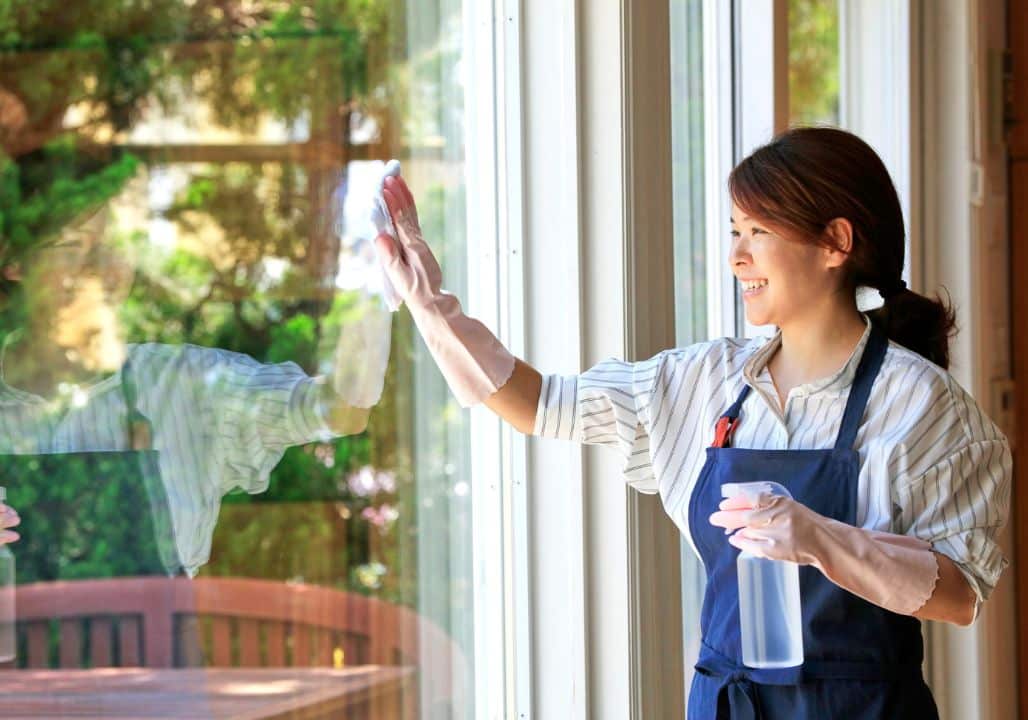We all have those parts of our house that we dread cleaning…behind the toilet, under the couch, and of course, the microwave. While you may only use your microwave for a couple of minutes to heat up food or perhaps make some popcorn, it can get dirty quick, especially when you don’t clean it regularly.
If your microwave is mounted above your stove, you may not actually get a good view of what’s going on inside of it. But, once you do, you may be surprised (and a bit disgusted) at what’s in there. That breeds the question…is a dirty microwave dangerous? The quick answer is a resounding YES! Why? Let’s take a look…
Why a dirty microwave is dangerous
Spills inside a microwave can be inevitable sometimes. But, what is avoidable are the germs that can come from those uncleaned spills. Think about it. Germs love warm environments. What’s warmer than a microwave? When those uncleaned spills are left, they not only get stuck on the surfaces inside of the microwave, but they also roll out the red carpet for germs to form because they’re constantly in a warm space.
When splattered food spills are left, they can grow bacteria. If you ever looked at the top of the inside of your microwave, chances are you’ll notice tiny food splatters. Leaving those to just hang out is inviting germs. You’re not only giving them the warmth they need to multiply, but also the food and the moisture they also need to thrive.
Besides the germ factor, think about the cross-contamination that can occur when you don’t clean your microwave regularly. The food splatters and particles around the interior of your microwave will loosen each time you turn your microwave on to reheat something else. The steam created can force some of that leftover food to seep into your new food. That sounds pretty gross, right? If you just wiped up the splatter when it was fresh you could have avoided a smorgasbord of flavors as well as possible bacteria growth.
It’s not only the inside of your microwave that you need to worry about when it comes to germs. You also need to pay attention to the microwave handle, especially if you’re using a shared microwave at work. To put it in perspective, think of it as a public door handle. Not pleasant, right?
A swab study done by the Kimberly Clark company found 48% of 5,000 microwaves tested in a variety of work settings had an ATP count of 300 or higher. ATP (adenosine triphosphate) is a molecule that provides the energy needed for living things. It also acts as a detector to assess how dirty things are. An ATP count of 100 to 300 indicates surfaces that need some extra TLC. An ATP count of 300 or higher is a red flag for a dirty surface that has a high risk of transmitting illnesses. Since microwave handles are right on the cusp, it’s best to just give them an extra cleaning to avoid any problems.
Other dangers of dirty microwaves
Dirty microwaves not only pose a health risk with bacteria, but they can also lead to other problems. When food particles build up from spills, there is also a chance of them catching on fire as they are warmed each time you use the microwave to heat up something new.
Neglecting your microwave can also make it less efficient. This will not only lead to cold food but is also a waste of electricity. When food particles build up, it becomes harder to close the microwave door. If this happens, the microwave doesn’t work as well because it only works its best when the door is completely closed. When the door can’t close as it should, energy is being wasted.
Another downfall of not cleaning your microwave regularly is the odor. Your microwave is like any other surface. If you leave old food hanging around, it’s going to smell. With a microwave, that smell is amplified because it gets reheated each time you turn your microwave on. This smell is only going to go away when you clean the spilled food.
How to clean a dirty microwave
The best way to have a clean microwave is to avoid spills. You can do this by covering food and drinks with a microwave-safe lid or plastic wrap. You can also place a paper plate or microwave-safe dish under foods when reheating to keep the bottom glass clean.
If you do this and you still get some spills, clean it up right away. Wiping it up with a paper towel or cloth will prevent it from sticking and hardening on to the microwave surfaces. If you missed the window of opportunity to clean up those microwave spills, you can also heat up a cup of cold water inside the microwave. This will create steam to loosen those spills and make them easier to wipe off.
Other popular ways of cleaning your microwave without harmful chemicals or abrasive cleaners is to use vinegar as a cleaner. You can also use a soft sponge with mild dishwasher liquid and warm water to wipe down microwave spills.
If you need to get rid of a nasty odor inside of your microwave, add a ¼ cup of lemon juice to a cup of water and heat it up in the microwave. This will release a fresh scent.
Another way to get a clean microwave is to hire someone to do it for you! At Rise and Shine Cleaning Services, we offer microwave cleaning as an add-on service to our other cleaning packages. Hire our experienced and professional cleaning staff to clean your entire home and let us tackle your microwave while we’re there. We know you’d rather be spending your time doing something you enjoy!








